The following article is part of a recurring segment in which the Oredigger reviews a department on campus by interviewing the department head and surveying current seniors. To see more articles in this segment click here.
The student/professor ratio is about 9:1.
There are 150 undergraduate students and 183 graduate students in the department as well as 17 faculty members.
The average starting salary (as of 2012) for undergrads is $55,000 whereas for graduate students, it is $95,000, and the employment rate within the department is 80% for undergrads and mid to high 90s for graduate students.
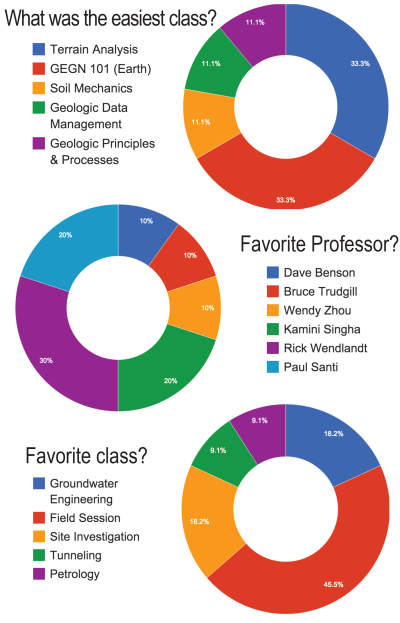
The Oredigger sat down this week with Dr. Paul Santi, the department head for Geology and Geological engineering, to talk about the state of the department for a new column. This column is part of a multi-week series called Department in Review in which The Oredigger compares faculty and student opinions about the state of their departments. For the first week, we chose geology.
The geology department has the largest masters and grad program on campus. In fact, about one-third of the students who graduate from Mines choose to stay at Mines for graduate school. This statistic might have something to do with the high disparity between starting salaries for master’s students and undergraduates, but Dr. Santi believes it stems from the fact that his students are truly passionate about their work in geology and want to further their studies. He also thinks the interaction between the faculty and students is the department’s key selling point. Geology is a very field-work intensive major, so faculty and students get a lot of good one-on-one time with professors.
According to Dr. Santi, those who graduate with a degree in geology from Mines are highly sought after and can work in a multitude of industries from oil and gas to civil to hydrology. Students interested in the minerals side of geology have found jobs all over the world, including Australia. He also emphasized the department’s use of computer modeling capabilities on the school computers. The software students use in the classroom is the industry standard in technology, meaning students who graduate from Mines are already prepared to work in industry.
When asked to highlight some interesting research, Dr. Santi pointed two of the different topics his department is pursuing. On the hydrology side, graduate students are studying the water quality of pine beetle kill areas to see if there are any trends involved with the pine beetle and water quality. This is important research because so much of Colorado is being riddled with beetle kill and if there is a trend found between reduced water qualities in pine beetle, then work will need to be done in beetle kill areas to remediate the situation. On the petroleum side of the department, students are looking at ways to deal with the new and emerging oil shales. Lastly, this summer one of geology’s grad students worked in Guatemala City.
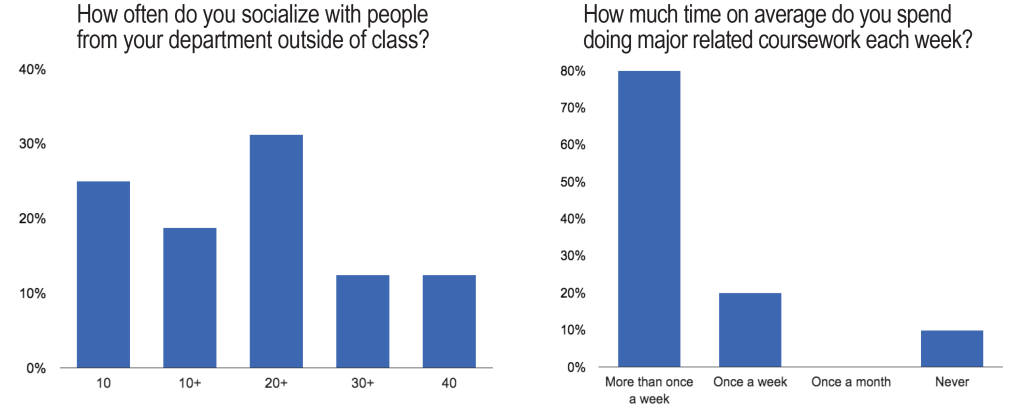
The Oredigger asked Dr. Santi what he would tell incoming freshman or current students who are unsure about picking a major to sell them on Geology. The main thing he noted was that those who study geology, do it because they love it and they have a love for the outdoors. If you do not have an intense passion for actually being in the outdoors, there are plenty of computer intensive jobs available as well.
When asked what he wanted to highlight about the department, he talked about field session. Geology’s field session is a six week course where students perform an intensive mapping of the region including places in Colorado and Utah. While it is many students’ favorite part of their time here at Mines, it is not all fun and games. Students spend most of the day and part of the night doing field/course work. While it is a challenging six weeks, it is a great course and prepares students for working the long hours required of them when they go into industry. There are two tracks of geology: exploration and the traditional engineering/water engineering side. Exploration based students are more likely to go directly into industry upon graduate, whereas students from the traditional engineering/water side are more likely to go to grad school.

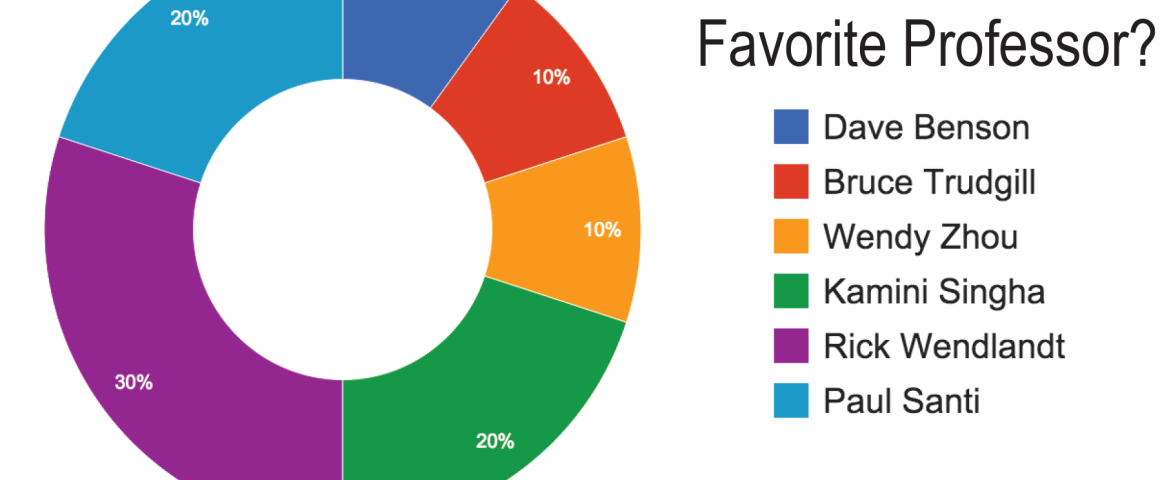
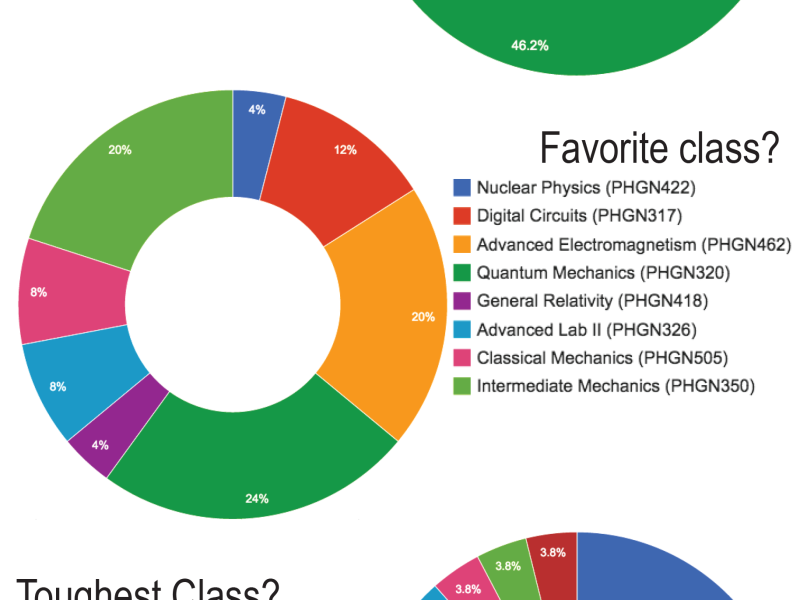
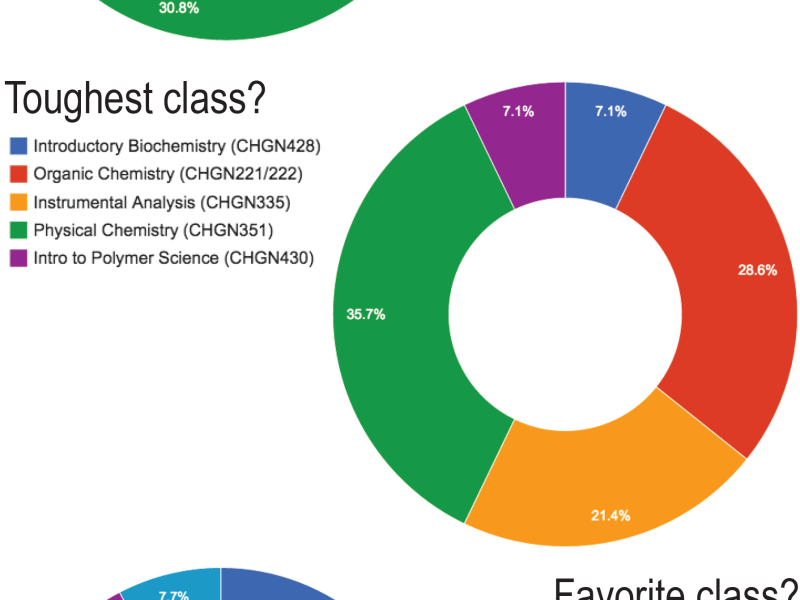
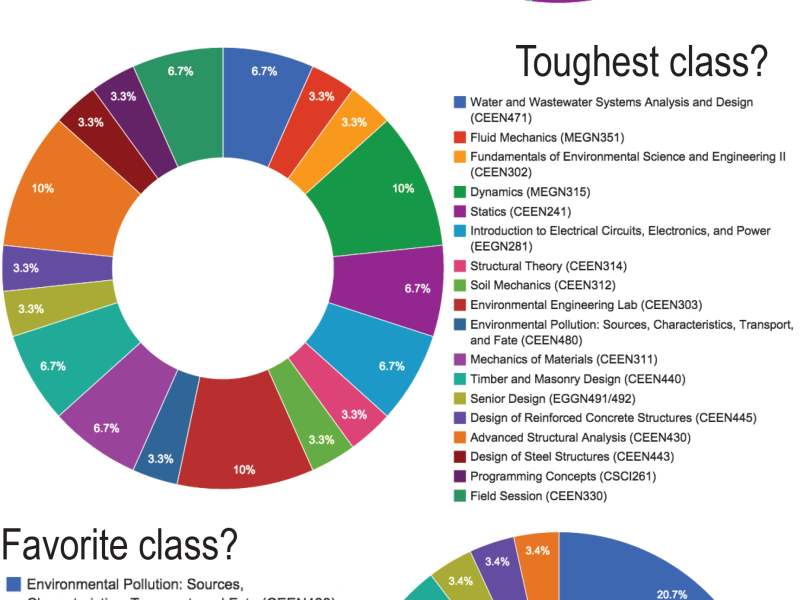
'Department in Review: Geology & Geological Engineering' has no comments
Be the first to comment this post!